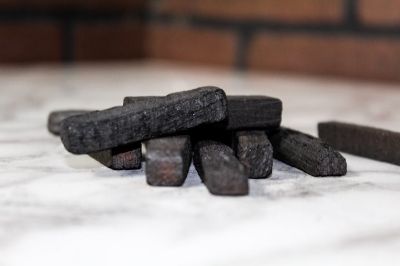The introduction of oak aging sticks has brought a significant shift in the whiskey aging process, offering a versatile and innovative approach to enhancing flavors in both barrels and bottles. This article delves into the utilization of these oak sticks in different maturation environments, exploring their impact on the flavor and quality of whiskey.
Understanding Oak Aging Sticks
Oak aging sticks are small, specially crafted pieces of oak wood designed to accelerate and enrich the aging process of whiskey. By mimicking the effects of traditional barrel aging, these sticks infuse whiskey with complex flavors typically associated with prolonged maturation.
Application in Barrels
In barrel aging, oak sticks can be used to augment the natural aging process. They are particularly useful in reinvigorating used barrels, which may have lost some of their flavor-imparting properties after initial use. By introducing these sticks into barrels, distillers can enhance the depth and complexity of flavors, infusing new life into the aging process.
Advantages in Barrels:
- Flavor Enhancement: Provides additional wood contact, intensifying flavor infusion.
- Revitalizing Barrels: Offers a solution for reusing barrels without compromising on flavor.
- Cost-Efficiency: Reduces the need for constantly acquiring new barrels.
Application in Bottles and Containers
Using oak aging sticks in bottles or containers is a trend gaining momentum, especially among whiskey enthusiasts and small-scale producers. This method involves placing oak sticks directly into a bottle or container of whiskey, allowing individuals to customize the aging process and experiment with different flavor profiles.
Advantages in Bottles:
- Personalization: Enables control over the aging duration and flavor characteristics.
- Experimentation: Facilitates trying out various wood types and toasting levels.
- Accessibility: Provides a simple, affordable way for enthusiasts to age whiskey at home.
Impact on Whiskey Aging
Oak aging sticks, when used in either barrels or bottles, significantly alter the maturation dynamics. They increase the surface area exposed to the whiskey, leading to a faster and more intense flavor infusion. This method is particularly beneficial for achieving a matured taste in a shorter period.
Quality and Authenticity
While oak aging sticks offer practical benefits, they do not fully replicate the traditional barrel aging experience. Certain subtleties, like the slow oxidation and evaporation seen in barrel aging, are not completely achievable with sticks. Nonetheless, they remain a popular choice for their efficiency and the unique flavor profiles they can create.
Environmental Considerations
The use of oak aging sticks is also environmentally advantageous. They contribute to the sustainability of the whiskey production process by reducing the demand for new barrels and extending the usability of existing ones.
Conclusion
Oak aging sticks represent a novel and flexible approach to whiskey maturation, applicable in both barrels and bottles. They offer an efficient, customizable, and eco-friendly method for enhancing whiskey flavors, catering to the needs of both large-scale distilleries and individual enthusiasts. While they may not entirely replace traditional methods, oak aging sticks provide a valuable alternative in the modern whiskey industry, bridging the gap between age-old practices and contemporary innovation.


